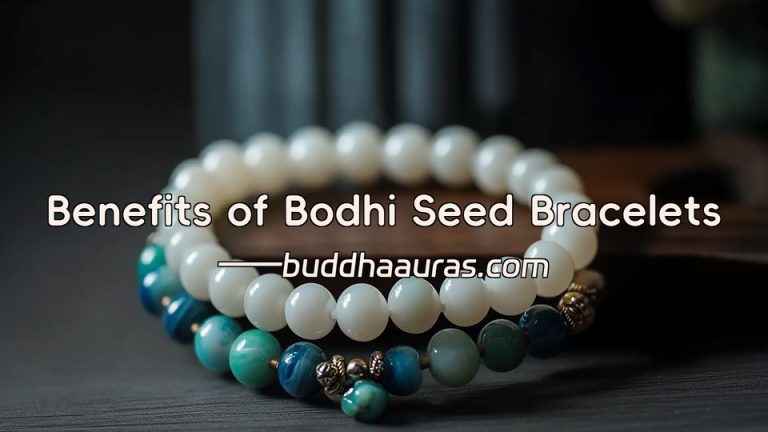Mala beads are traditional spiritual tools used across various contemplative practices, particularly in Buddhism and Hinduism. These sacred strands, typically comprising 108 beads, serve as a tangible aid for counting mantras, tracking meditations, and fostering a deeper connection to one's spiritual journey. Understanding their origin and purpose is key to unlocking their profound benefits.
What are Mala Beads and Why are They Significant?
Mala beads, often referred to as Prayer beads or a Meditation necklace, are more than just beautiful adornments; they are instruments for spiritual cultivation. Their significance stems from their role in facilitating focused meditation and mantra recitation, helping practitioners quiet the mind and cultivate mindfulness. Each bead acts as a tactile anchor, guiding attention and preventing mental wandering during spiritual practice. This systematic approach supports the development of concentration and devotion, making them invaluable tools for both beginners and experienced practitioners.
Exploring The Different Types and Materials of Mala Beads
The world of mala beads is rich with diversity, reflecting various traditions, aesthetic preferences, and energetic properties. Choosing the right mala often involves considering its material, which can influence its spiritual resonance and tactile experience.
- Traditional Materials: Malas are frequently crafted from natural elements such as wood (sandalwood, rosewood, bodhi seed), seeds (lotus, rudraksha), or semi-precious gemstones. Each material carries unique energetic properties and symbolic meanings, enhancing the practitioner's intention.
- Gemstone Malas: Gemstones like amethyst, rose quartz, or jade are popular for their purported healing and spiritual benefits. For instance, amethyst is often chosen for its calming properties, while rose quartz symbolizes love and compassion.
- Number of Beads: While 108 beads is standard, representing the 108 earthly desires in Buddhism, some malas may have 27 or 54 beads for shorter practices, often worn as Tibetan beads bracelets.
How to Use Mala Beads for Meditation and Mindfulness
Engaging with mala beads is a straightforward yet profound practice. The primary method involves using them during mantra recitation or silent meditation to count repetitions.
- Holding the Mala: Typically, the mala is held in the right hand, draped over the middle finger. The thumb is used to gently advance each bead after a mantra is recited.
- Starting Point: Begin at the bead next to the "guru bead" (the larger, often decorative bead that marks the start and end of the loop). Do not cross over the guru bead; instead, reverse direction when you reach it.
- Mantra Repetition: Recite your chosen mantra or affirmation once for each bead, moving systematically around the mala. This rhythmic action helps to focus the mind and deepen your meditative state.
- Mindful Breathing: Malas can also be used to count breaths, promoting mindful awareness and relaxation, even without a specific mantra.
Whether you are seeking to deepen your meditation practice, enhance mindful awareness, or simply carry a tangible reminder of your spiritual intentions, the journey with mala beads offers a path to inner peace and focus. Explore the comprehensive resources within this category to further understand their history, symbolism, and practical applications.








